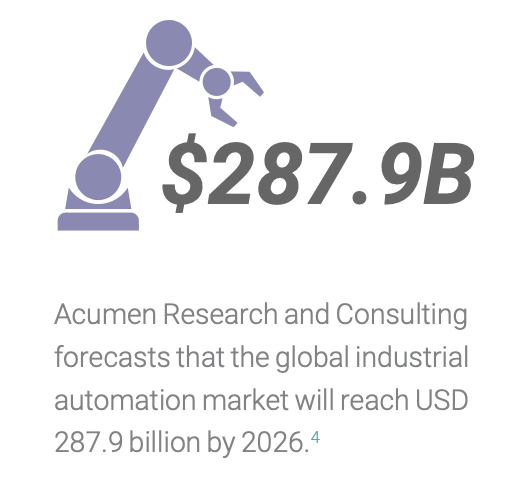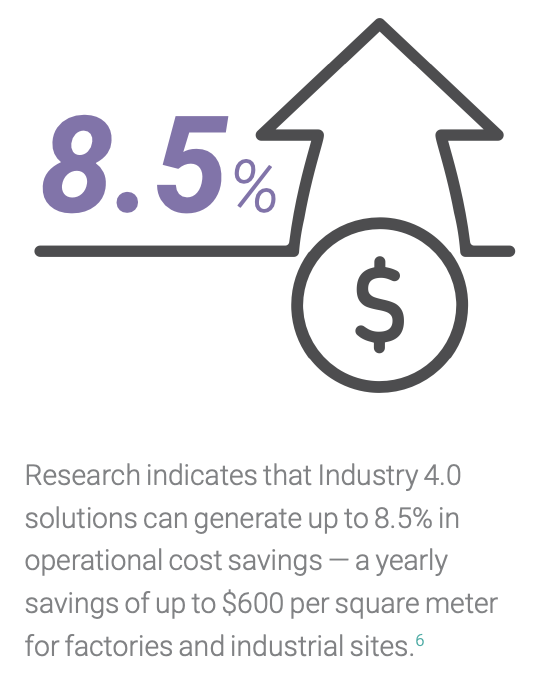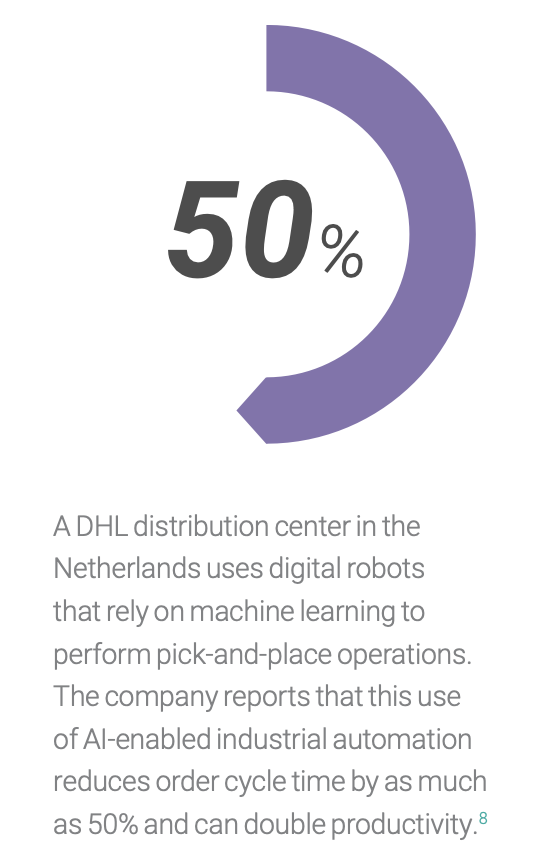AI Technologies Transform Industrial Control Automation
Smarter Manufacturing Processes Are Powered by AI
Industry 4.0 Prompts New Trends in Manufacturing
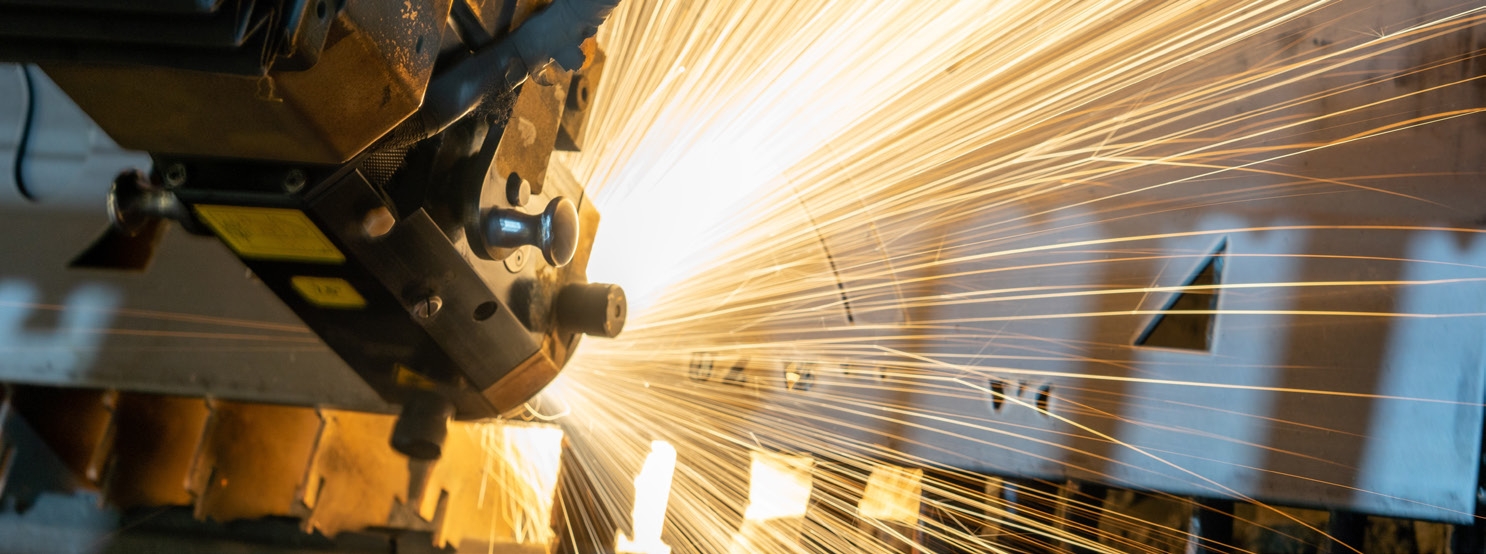
Success Stories in Industrial Automation Space
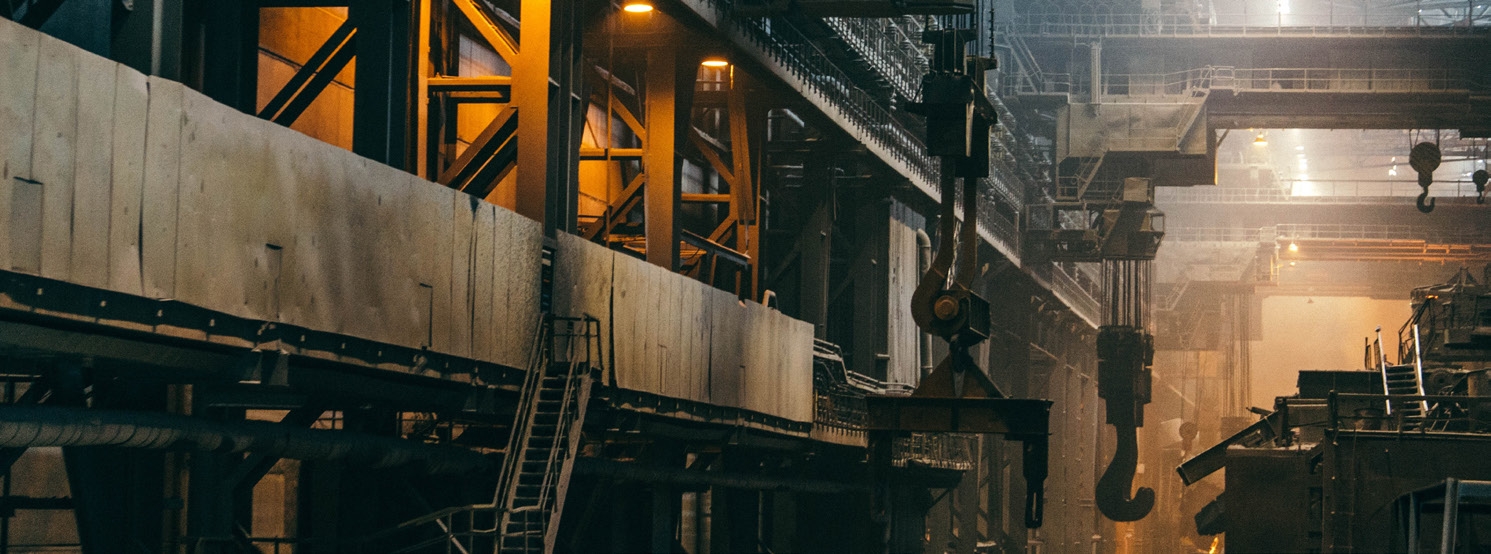
Why Wind River

Wind River technology is backed by our unsurpassed legacy of delivering comprehensive safety offerings and certification expertise, with a focus on reducing program risk and enabling faster time-to-market for our customers.
VxWorks®, Wind River Linux, Wind River Simics, and Wind River Helix™ Virtualization Platform have been used in industrial environments across automotive, energy, aerospace, medical, and manufacturing sectors. When used in combination with platforms or infrastructure elements, these solutions can save time in meeting certification requirements: System architects and developers can build packaged solutions using components that already have certifications.
- VxWorks: The world’s leading commercial real-time operating system (RTOS), VxWorks excels at high-performance industrial applications, including robotics, process control automation, and intelligent vehicle applications. To fully support industrial implementations, certifications are in place for IEC 61508 SIL 3, ISO 26262 ASIL D, and IEC 62304.
- Wind River Linux: With robust support for container technology, Wind River Linux delivers a rapid-fire means of loading and patching applications dynamically in an industrial automation system and across additive and adaptive manufacturing environments.
- Wind River Simics: This comprehensive system simulation environment streamlines design, development, and testing of complex intelligent industrial automation systems. Simics accommodates agile and DevSecOps software practices and enables teams to shorten development cycles and thoroughly test embedded system designs without physical hardware present.
- Wind River Studio operator capabilities: This single platform integrates cloud platform, orchestration, and analytics capabilities so operators can deploy and manage their intelligent 5G edge networks globally.
- Wind River Helix Virtualization Platform: This software platform supports virtualized frameworks in intelligent process control systems, spanning hybrid networks and multiple operating systems.
Solutions from Wind River help accelerate digital transformation, powering critical infrastructures and delivering the required technologies and expertise. Our customers rely on our deep industry experience to support edge computing and 5G, complementary technologies that are turning intelligent industrial automation into a reality.
References
- Acumen Research and Consulting: www.acumenresearchandconsulting.com/industrial-automation-market
- AMFG, March 2019: amfg.ai/2019/03/28/industry-4-0-7-real-world-examples-of-digital-manufacturing-in-action
- "Robotics in the Age of Industry 4.0,” Assembly Magazine, May 2020: www.assemblymag.com/articles/95694-robotics-in-the-age-of-industry-40
- Acumen Research and Consulting: www.acumenresearchandconsulting.com/industrial-automation-market
- “Distinctive Traits of Digital Frontrunners in Manufacturing,” Deloitte Insights, August 2018: www2.deloitte.com/us/en/insights/focus/industry-4-0/digital-leaders-in-manufacturing-fourth-industrial-revolution.html
- “Industry 4.0 and AI Best Practices,” Connected World, July 2020: connectedworld.com/industry-4-0-and-ai-best-practices
- DHL: www.dhl.com/nl-en/home/our-divisions/supply-chain/thought-leadership/brochures/picking-fully-autonomous-self-driving-robots.html
- “The Case for Adaptive Manufacturing Enterprises in Disruptive Times,” The Manufacturer, September 2020: www.themanufacturer.com/articles/the-case-for-adaptive-manufacturing-enterprises-in-disruptive-times
- “The Additive Manufacturing Industry Embraces AI,” The Additive Report, February 2020: www.thefabricator.com/additivereport/article/additive/the-additive-manufacturing-industry-embraces-ai
